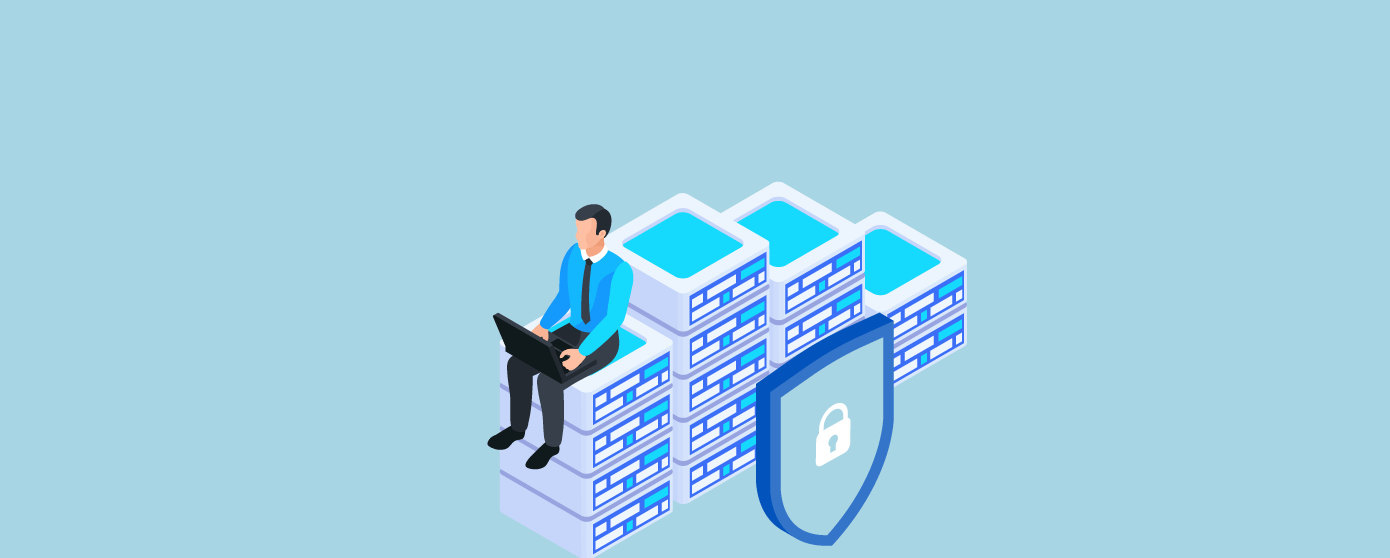
DDoS attacks are steadily increasing year after year, not just in terms of numbers but size, sophistication, and viciousness. This has led to massive growth in the demand for solutions to prevent such attacks, especially managed DDoS protection.
Though many organizations are realizing the importance of such services, selecting the right service is often tough. Some often asked questions are: Why choose a managed service? How to evaluate DDoS protection services? How to ensure that the chosen service would deliver on the day of the attack? In this article, we will help you find answers to these questions and enable you to effectively evaluate the service before onboarding.
DDoS attacks are of different types, volumes, sophistication, and viciousness. Effectively mitigating them and protecting your web application/ website from the mammoth cost of such attacks requires specialized DDoS expertise that managed mitigation services provide. Simply using automated DDoS protection tools and relying on bandwidth reserves are not enough to prevent attacks. Certified security experts need to continuously monitor the application and customize and tune rules, workflows, etc. based on changing needs, contexts, and real-time alerts while extending 24x7x365 support to mitigate zero-day attacks. By onboarding a managed DDoS attack protection service such as AppTrana, experts will ensure round-the-clock availability of your website to legitimate users while you can focus on your core business.
The evaluation of the DDoS Protection Service must begin with you defining your needs and context. Some questions to ask yourself are:
This understanding will guide you better in choosing the solution.
Technical evaluation will help you understand the DDoS architecture of the service provider and if that will suit your security requirements. In the technical evaluation, you must assess:
DDoS service providers have a multi-tenant environment and the attack on one tenant can affect the others’ services as well. If your organization cannot afford latencies or even short downtime, you must validate their stability, analyze their reputation, and ask for longer POCs (Proof of Concept).
Analyze and assess the pricing models to ensure that there are no hidden costs and to ensure that the solution fits into your budgetary limits.
A POC will enable you to understand how the solution works in reality and how well it translates from paper.
The last step is to make the decision after comparing the different solutions and how well they meet your needs.
Conclusion
The average cost (financial and reputation) of a DDoS attack to a small company is estimated at USD 120,000 and to a large enterprise at over USD 2 million! Considering the gravity of the disruptions caused and the mammoth costs involved, preventing and securing web applications from DDoS attacks is imperative and the choice of DDoS Protection Service is critical. We hope this guide has given you an insight into evaluating and choosing the right service provider.
This post was last modified on January 2, 2024 17:26
Explore crucial tactics like Asset Inventory, Patch Management, Access Control & Authentication, and additional best… Read More
Delve into the data privacy questions including consent protocols, data minimization strategies, user rights management,… Read More
Secure Node.js APIs using best practices: Employ proper HTTP methods, robust authentication, and API-specific security… Read More